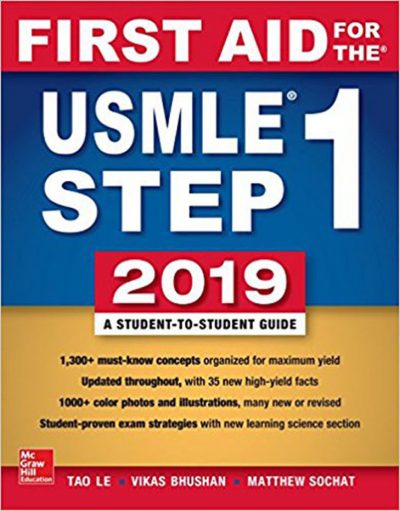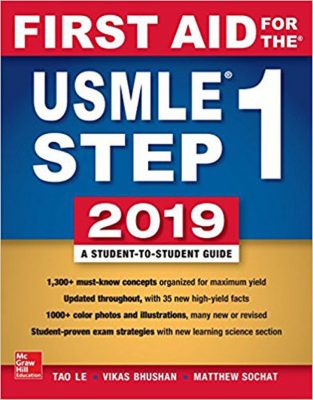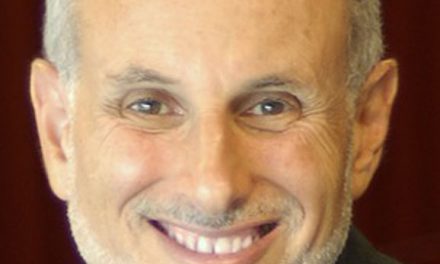By Kumar Balani
NEW YORK, NY, September 23, 2018 – One of the most important keys to getting accepted as a medical resident at a hospital in the US, particularly in the highest-earning specialties we listed in this column in the Sunday, September 16, 2018 issue of the Philippines Daily Tribune (http://tribune.net.ph/index.php/category/commentary/page/3/) is a score that’s as high as possible on the US Medical Licensing Exam (USMLE). I elaborate on this and other keys below:
Superior USMLE Score: After speaking to several Filipino physicians here, we learned that Asian Indian doctors have an advantage in this requirement for residency offers from US hospitals. This is because they study very hard, and many score in the high 90s. One successful long-time Filipino specialist in cosmetic procedures told me that with so many residency applications at numerous hospitals around the country, “scores of above 98 are needed.”
An Indian physician here I’ve known since my Manila days, who got his medical education at the University of the East Ramon Magsaysay Memorial Medical Center (UERMMC) says there’s stiff competition among American MDs for residencies in higher-paying specialties, and they get first preference, so Filipino doctors can quite easily obtain residencies with less competition in fields like primary care, psychiatry, and others.
2. High Ranking in Medical School. Another way to win the race for highly sought-after US medical residencies is a high medical school ranking and good grades in the various subjects you studied. When you graduate with honors and also get strong letters of recommendation from your medical school director and professors, you have a good advantage over other applicants.
3. Broad Social Experience. Heads of US hospitals and management boards are looking for your activities in the areas of charitable work and involvement in your community as signs of a well-rounded doctor who is not simply engrossed in his profession. Why do doctors take the Hippocratic Oath that acknowledges their “warmth, sympathy and understanding” of people? Think about its importance.
4. Good Communication and Language Skills. These come into play in your emails, telephone conversations, and especially in face-to-face meetings with decision-makers. Do you have good proficiency in English? This certainly matters in obtaining the residency you desire, just as it does in applying for any professional position. But your age, as long as there is no specific job requirement that would negatively impact your functions, is likely not an important factor.
Rest assured that the American Medical Association is on your side. It has adopted policies and supports legislation “that will ensure international physicians, students and residents can practice medicine and obtain their medical training in the US,” as stated on its website. I think the main reason why the AMA encourages the immigration of foreign doctors is that it is keenly aware of the growing shortage of physicians in the US and wants to do its part to alleviate this problem.
Immigration lawyers here whom I have spoken with, point out that most physicians enter the US on either a J-1 or an H-1B visa. The H-1B is more common and more beneficial to physicians, but the J-1 may be the only option offered by some US hospitals and medical schools due to fewer responsibilities and liabilities borne by them.
But it is critical that you as an intending medical resident, arm yourself with detailed awareness of all rules and regulations relating to entry into the US, unless you already have US permanent residence status and posses a green card. A J-1 visa is typically required of international medical graduates to obtain residencies at US hospitals.
To apply for and obtain a J-1 visa, you must meet these requirements:
Pass the 2019 editions of USMLE Step 1 and Step 2 Clinical Knowledge (CK)
Have a valid certificate from ECFMG (Educational Commission on Foreign Medical Graduates)
Have a contract or official letter of offer for a position in a program of Graduate Medical Education (GME) or training with a US medical school.
Provide a statement of need from the department of health in your country of last legal permanent residence regardless of your country of citizenship.
To get an edge in passing the Step 2 exam, I recommend you obtain a copy of USMLE Step 2 Secrets 4th edition pictured here. You can now read a review of this book by simply clicking here: http://www.bizindia.net/book-review-usmle-step-2-secrets-4th-edition/
The numbers of available residency positions around the US vary greatly. Which one you choose and get depends on supply and demand. There are thousands of residency positions in a common field like internal medicine at various locations but as few as 400 positions in dermatology.
There are as many as 700 programs in internal medicine to as few as 140 programs in dermatology respectively at US hospitals and medical care institutions, according to Doximity, a company that provides information to healthcare professionals.
The lengths of the residencies are as short as three years for family medicine to as long as seven years for neurology, an area that has gone through a lot of strides in recent years. The principal reason why residency programs for aspiring neurologists are lengthy is that a lot of newly-discovered information has been found through advanced research and emerging diagnostic tools, on Alzheimer’s disease, cerebral palsy, dementia, muscular dystrophy, Parkinson’s disease, and related ailments.
To get an idea of the exciting new discoveries in this medical specialty, read the review of the second edition of The Behavioral Neurology of Dementia where these optimistic remarks on its various symptoms, diagnosis, deeper understanding, and treatment options, have been written:
“In short, research, study, treatment, experience, information, and insight have collectively expanded to make it a better world for dementia patients, empowering their physicians, and bringing hope to their family members.” Click on this link to learn why a neurology career holds a lot of promise http://www.bizindia.net/book-review-the-behavioral-neurology-of-dementia-2nd-edition/
The good news is that the average yearly salary of US medical residents nationwide continues to rise, and helps them somewhat pay down debt they may have incurred while in medical school. Today it is $59,300, up 3.7 percent from $57,200 in 2017, and up 7 percent from $55,400 in 2015. This salary data was compiled by Medscape by querying 1,900 residents in 29 specialties.
There is not much difference between average salaries of male residents earning $59.600 and their female residents earning $58,700. But for medical residents in some specialties, the salaries are almost 15 percent higher. Among the highest paid are residents working in allergy and immunology specialties, and getting paid an average $68,000.
Almost one-quarter of the residents responded that they had no medical school debt, another quarter (24 percent) indicated they had debt in the $201,000 to $300,000 range, and almost that same percentage (23 percent) owed more than $300,000 on their medical school loans. The balance of those who were surveyed did not respond.
While a career in medicine is not for the faint-of-heart and going through the numerous arduous steps – medical school, obtaining the required visa, getting accepted in a residency you desire, and possibly later, a fellowship in your chosen specialty – can be really tough for you, the psychological satisfaction that comes from helping people and the financial rewards that ensue, are worth the journey that you are on.
A large volume of information on various medical specialties for your benefit in the form of medical book reviews including reviews of books for licensing exams, medical news, and other important, highly relevant medical material spanning 120 pages, is available at this website that you can visit now and on a regular basis to become aware of, and updated on the latest developments in medicine: http://www.bizindia.net/?s=medical
Kumar (Kem) Balani has a dual background in business and journalism. He owns a company that previously exported American brand-name products to the Far East. He is founder and currently publisher of BIZ INDIA Online News (www.BizIndia.net) that followed the print publication BIZ INDIA Magazine begun in 2002. He lived in Manila from 1960 to 1974, obtaining an AB Journalism degree from the University of the Philippines at Diliman in 1972. He then got an MA in International Politics in 1977 from New York University.
This article first appeared on Sunday, September 23, 2018 in the Daily Tribune in the Philippines. Click here to view it: http://tribune.net.ph/index.php/2018/09/23/keys-to-getting-us-medical-residency/








